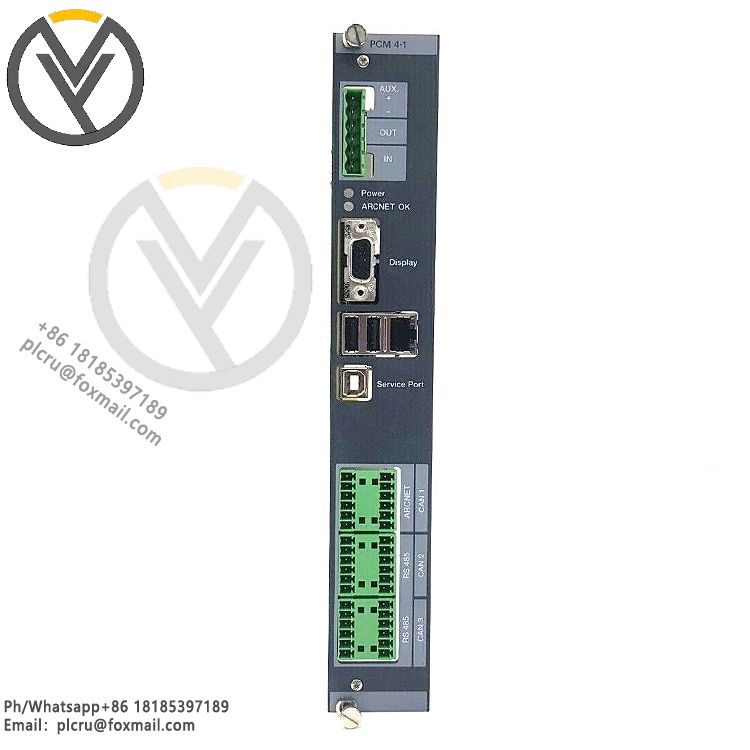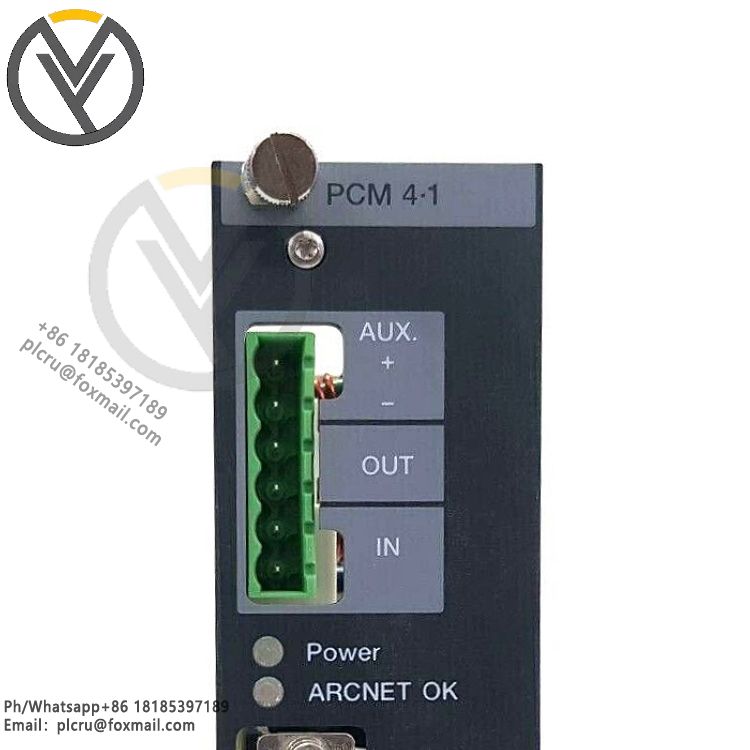
DEIF HAS-111DG Control relay
Delivery time 3 days
Product origin New/used
Email plcru@foxmail.com
Mobile/wechat /WhatsApp +86 18185397189
The DEIF HAS-111DG control relay is a device for synchronous control, especially
The DEIF HAS-111DG control relay is a device for synchronous control, especially for applications where manual or automatic synchronization is required, such as contact switches. When the phase Angle, frequency and voltage deviation are within the set limits, the HAS-111DG emits a synchronization pulse, thus achieving a synchronous connection between the generator and the grid.
The main features and functions of the HAS-111DG control relay include:
Precise synchronization control: The HAS-111DG ensures synchronization between the generator and the grid within set limits by precisely monitoring key parameters such as voltage, frequency and phase Angle. This precise synchronous control helps to reduce grid shocks and disturbances and improve the stability of the power system.
Flexible configuration options: The HAS-111DG provides a variety of configuration options, allowing users to set the phase Angle difference, frequency and voltage limits according to the specific application requirements. This enables the control relay to adapt to different synchronous control scenarios.
Easy to monitor and maintain: The HA-111DG is equipped with LED status indicators, so users can intuitively understand the operating status of the equipment. In addition, the control relay also has a simple interface and connection mode, which is convenient for users to monitor and maintain.
Wide range of applications: HAS-111DG control relays are suitable for a variety of synchronous control applications, such as synchronous connection between generators and power grids, contact switches, etc. It can be used with DEIF's other load distribution devices to achieve more complex synchronization control strategies.
High reliability and stability: the HAS-111DG HAS undergone rigorous quality control and environmental adaptability testing to operate stably and reliably in a variety of harsh industrial environments. Its structure is strong and durable, and can resist the adverse effects of high temperature, low temperature, humidity, vibration and other adverse factors.






